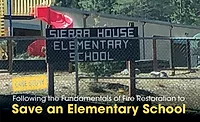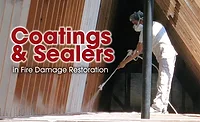Coming Soon: A Fire Damage Restoration Standard
The development of the document, and an industry call to action.

Like the boy that cried wolf, some fire professionals have been hearing about the first-ever internationally accredited fire restoration standard for a long time – or what feels like a long time – and a yeah, call me when it’s done reaction is understandable. Yet it seems a larger group, a majority of fire damage contractors, aren’t even aware development is underway.
Right now, work is underway to develop Fire Standard #2, or “FS#2”, or by the more formal long title Restoration and Documentation of Buildings Impacted by Combustion Particles. It will focus on how fire and smoke damage restoration work is done, and be just one of five component standards intended for eventual unification in a fire standard compendium. While there is obvious confusion due to the number of pieces at work here, this much is certain: the standard for fire damage restoration is coming, and it is going to be impactful and important. But the process takes time, and a dedicated group of volunteers.
Work in Progress Since 2014
If everything goes as planned, our industry is looking at publication of the FS#2 fire standard around this time next year in Q1 2019. The seemingly endless work of the 55 or so subject-matter-expert volunteers started in very early 2014. The overarching committee meets every other week, with meetings of the nine subcommittees often in the off weeks.
As 2017 wound to a close, the work of the volunteers, and the support of the sponsoring organizations (the Restoration Industry Association (RIA) and the Indoor Air Quality Association (IAQA)), has now culminated in submittal of a wide-ranging document of approximately 100 pages with nine standards sections (think chapters) and 20 informative appendices. In December 2017, the draft fire standard was submitted to ASHRAE for review, formatting, and the next and arguably most crucial stage: peer review.
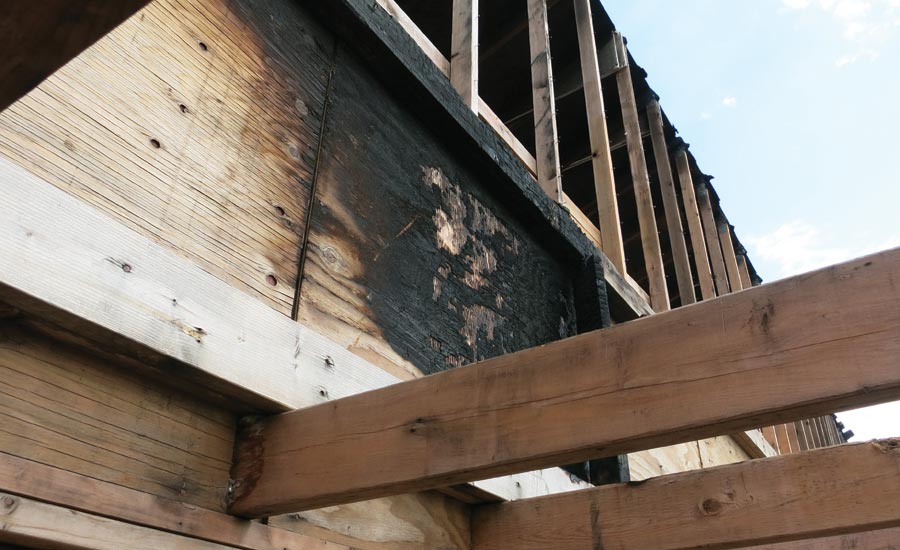
Proper Procedures
The involvement of ASHRAE is new to our industry, and has been a bit puzzling for restoration industry veterans. Traditionally, the IICRC (Institute of Inspection, Cleaning and Restoration Certification) has been the channel to which the industry submits the mold, water, and recently biohazard standards for our industries to ANSI. The latter is the acronym for the American National Standards Institute, a private, non-profit organization that oversees the development of voluntary consensus standards for products, services, processes, systems and personnel. In short, if an industry wants a standard to be considered legitimate in the U.S. (such as having weight in court), there aren’t a whole lot of alternatives to successfully entering and completing ANSI’s validation process. In the past decade plus, the IICRC engaged this process successfully with standards for restoration of water damage (S500), mold (S520), and biohazard (S540); and, illustrating the rigors of ANSI, at one recent point lost ANSI accreditation for the mold standard, and had to work very hard to gain it back (another story for another article, another time perhaps). It is important to note that whether it is the IICRC or ASHRAE engaged in this process, the work at this stage does not change the technical value and validity of the informational content.
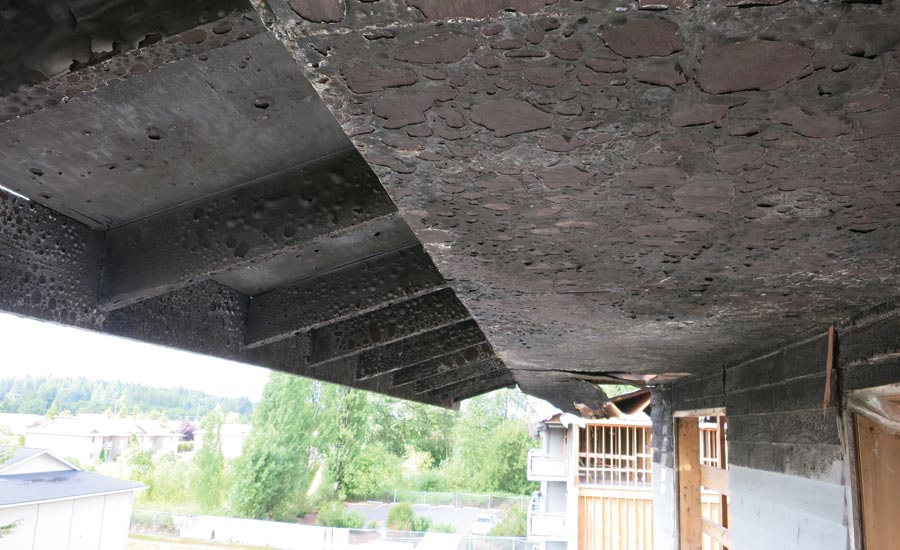
As noted, this procedural stuff gets wonky, and the acronyms get dizzying, but understanding it at a high level is critical for those who want to be leaders and cutting edge in restoration. So, with FS#2, the RIA and IAQA will turn the ANSI process over to IAQA’s parent organization: ASHRAE. Founded in 1894, and formally known as the American Society of Heating, Refrigerating and Air-Conditioning Engineers, ASHRAE boasts of more than 56,000 members, breadth across 132 nations (that’s out of a possible 195), and has some serious street cred when it comes to standards and the ANSI process. A quick search for ASHRAE standards on the ANSI webstore generated 165 hits. Even if there are only a quarter that many ASHRAE standards with ANSI blessing, that’s an impressive number of standards. When ASHRAE finishes a standard via ANSI, a lot of serious people across the larger world of construction and engineering take notice – which is no doubt a big positive in launching the new, first fire damage restoration standard.
During Q1 & Q2 2018, the ASHRAE process will take the drafted work of the fire damage volunteers, and transform it into the language and format customary to ASHRAE, and necessary for ANSI validation. At this point, it is only about the document conforming to industry norms of presentation, neutrality, and that the consensus process employed throughout the writing was consistently fair and balanced. While it may be hard for some to believe, ANSI really doesn’t care how accurate the content is in a standard. The priority is the integrity of the consensus process in development. If the process was handled correctly, then the resulting consensus among subject-matter-experts should have inherently produced valuable, timely and accurate content.
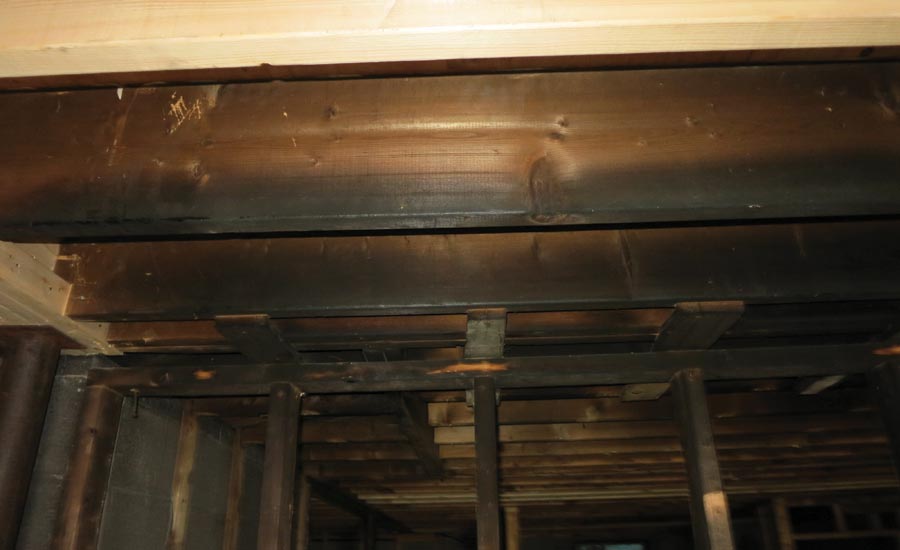
YOUR Call to Action
At some point in Q2 2018, a draft of FS#2 will come out of ASHRAE for peer review. Whether you are currently in the fire damage restoration business, affiliated with it, or considering it as an expansion of services, you should enroll to peer review the standard. The potential value is considerable. Peer review is an opportunity to get a look at the content of a guidance document that will shape an industry. A standard, especially a first version, is a document that will shape the understanding of influencers across the conceivable spectrum. Lawyers, insurers, specialized experts, clients (and their consultants), EH&S departments….all and more will read the document and use it as a yardstick measuring the progress and proficiency of the restoration pro. If successful business is in large part about managing risk, leveraging expectations, and gaining competitive advantage – doesn’t reviewing the standard at the earliest possible opportunity make sense?
For those that haven’t participated in peer review before, let’s remove some common misconceptions. There are no massive hurdles to satisfy in order to participate. In fact, anyone can sign up to review a draft standard, make comments and recommend changes. You don’t need to be a member of ASHRAE, RIA or IAQA. Moreover, comments and recommendations made professionally (i.e., neither frivolous nor nasty) don’t get ignored. Quite the contrary: ANSI requires that the comments from everyone get read and responded to. What is strongly recommended if you participate is to bring substance to the table. A good philosophy is that if a reviewer decides to find fault with a given provision of the draft standard, then accompany that comment with a thoughtfully formulated suggestion for improvement/replacement. Doing so greatly improves your chances to effect significant change.
Also, there are some things we can expect from the upcoming peer review for the fire damage standard. As a first edition of a standard for an industry as venerable and large as fire damage, there will be a substantial amount of peer review comments requiring digestion and response. That effort will take much of Q3 into Q4 2018 – which is why eventual publication is forecast for Q1 2019. We also know that when ASHRAE releases a standard for peer review, there is a firm 30-day window of opportunity to review and submit comments, there are no extensions.
What we don’t know is when the opportunity for peer review will happen. ASHRAE’s standards operations are formidable and busy. Not even RIA or IAQA have much visibility into their calendar for standards. At some point essentially the white smoke will rise from the ASHRAE chimney, and the peer review clock will start. To assure an opportunity to participate, find a service that will automatically notify when the process is about to begin. IAQA announced in January at their annual national meeting in Chicago that a new member benefit is the ability to enroll for notification of peer review of impending ASHRAE releases. This benefit itself for some may justify an individual membership in IAQA. If neither a current member of ASHRAE or IAQA, find a company offering a similar service. Full disclosure, my Design Services Team at ICP Construction has been enrolling interested professionals onto a fire damage peer review notification list for over a year at no charge.
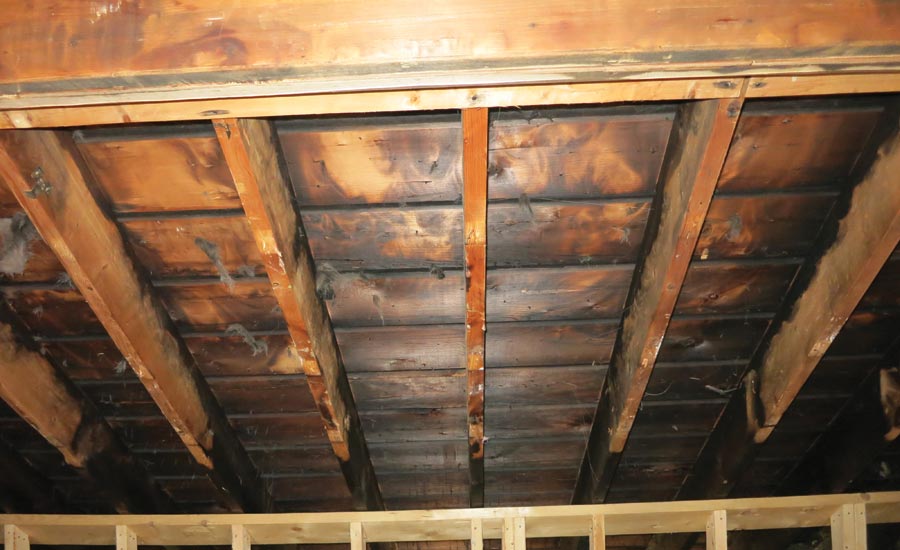
As always, the takeaway here is dependent on the reader. The news is that there is inbound a fire damage standard pertaining to how the fundamentals of that work is professionally done. The existence of such a standard is no longer the province of rumor or chatter. Thanks to some truly dedicated volunteers a long overdue document has been crafted that will have a lasting effect on the quality, health and prosperity of fire damage restoration. For the restoration business owner already investing in fire/smoke as an engine of growth, now is the time to engage. Sign-up to participate in peer review, and cross-reference what is in the draft standard with how your company does business. The result should be a win-win. Greater knowledge will help owners improve their businesses, and the feedback from experienced professionals will yield a better and more effective standard for fire damage restoration for years to come.
Looking for a reprint of this article?
From high-res PDFs to custom plaques, order your copy today!





